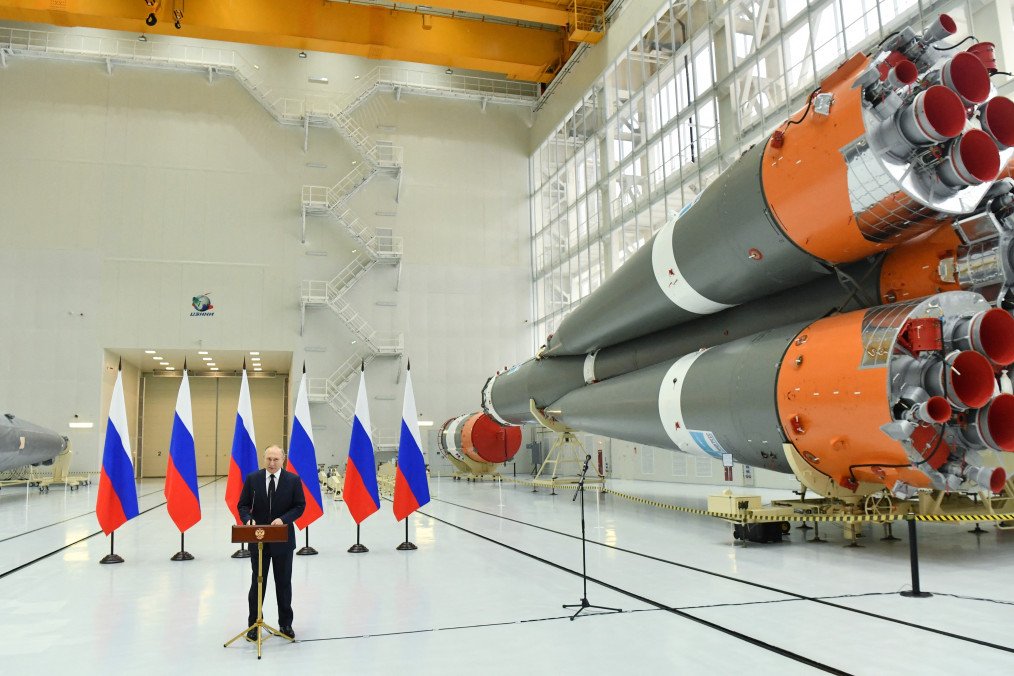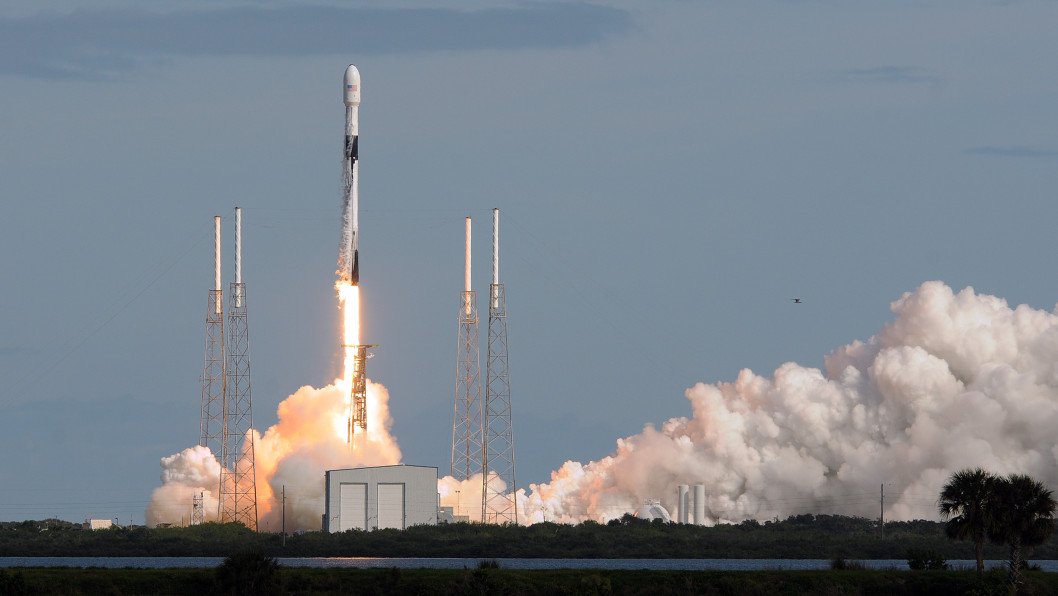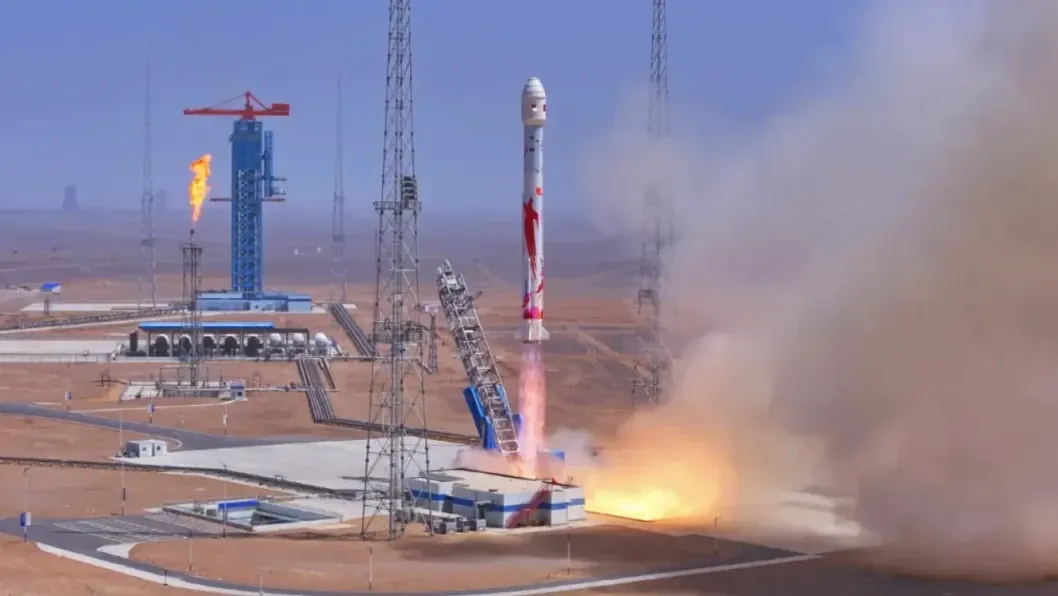- Category
- Latest news
“Space Matryoshka”: Russian Spacecraft Deploys Possible Anti-Satellite Weapon Near USA 326

On June 28, the Russian satellite Kosmos-2558, which has been tracking the American USA 326 reconnaissance satellite for nearly two years, deployed a previously unannounced subsatellite, according to Dutch space tracking expert Dr. Marco Langbroek on June 28.
US officials and independent analysts suspect the newly catalogued object—designated Object C (2025-089C / NORAD 64627) could be part of a weapons-testing platform, possibly equipped with anti-satellite (ASAT) capabilities. The deployment occurred while Kosmos-2558 was flying in very close proximity to USA 326, further heightening US concerns over the Russian satellite’s military purpose.
“Although these missions are officially described as inspection operations, I’ve repeatedly expressed concerns that we’re actually witnessing the deployment of dormant anti-satellite systems,” Langbroek, a lecturer at the Delft Technical University in the Netherlands, wrote in his analysis.

“Personally, I find it strange that a Russian satellite has been trailing one of America’s most valuable space assets for over three years. What more is there to ‘inspect’ at this point?” he wrote.
The US Space Command is closely monitoring the situation, and the Pentagon believes the object may be involved in testing technologies designed to disable or destroy satellites. While no aggressive actions have been reported, this is not the first time Russia has engaged in such tactics.
According to Langbroek, this marks the third time in the last five years that Russian military satellites have released subsatellites in a style reminiscent of Russian matryoshka dolls—satellites inside satellites.

Similar patterns were observed with Kosmos-2519 and Kosmos-2542, both of which deployed smaller, highly maneuverable subsatellites (Kosmos-2521 and Kosmos-2543, respectively). In each case, those subsatellites conducted test maneuvers and fired projectiles, which US military analysts interpreted as demonstrations of anti-satellite weapons.
What sets this incident apart is the timing. The subsatellite from Kosmos-2558 was deployed nearly three years after the satellite’s launch in August 2022—a significant delay compared to past missions, where objects were released shortly after reaching orbit. The long wait has further fueled suspicions that the mission may have had a covert timeline or purpose.
Even now, Kosmos-2558 continues to closely mirror the orbital path of USA 326, maintaining similar altitude, speed, and orbital plane—classic hallmarks of what experts describe as “space stalking.”

The US reconnaissance satellite USA 326 was launched in February 2022 aboard a SpaceX Falcon 9 rocket from Vandenberg Space Force Base.
Its mission remains classified, but it is widely believed to be a next-generation KH-11 Advanced Enhanced Crystal optical reconnaissance satellite, among the most critical assets in the US intelligence arsenal. The spacecraft is operated by the National Reconnaissance Office (NRO) in partnership with SpaceX.
Analysts say the satellite provides near-real-time high-resolution imagery to the US military and intelligence agencies.
Earlier, NATO Secretary General Mark Rutte raised concerns that Russia may be exploring the possibility of deploying nuclear weapons in space, a move that would violate international agreements and pose serious risks to global security.



-ce9a134791207c81306f56ab3d75ffb6.jpg)
-72b63a4e0c8c475ad81fe3eed3f63729.jpeg)
-45ed3be17a7bb74903649ed9258196f8.jpg)
